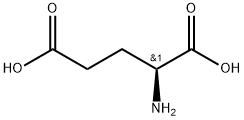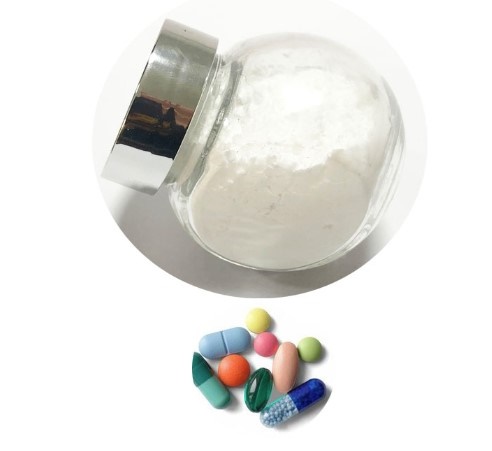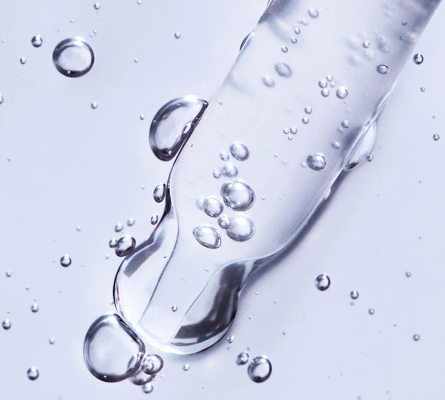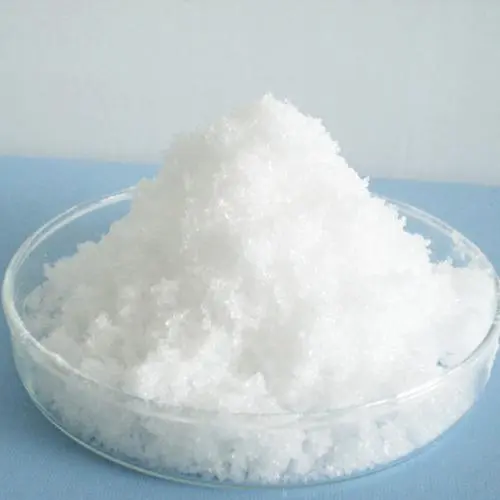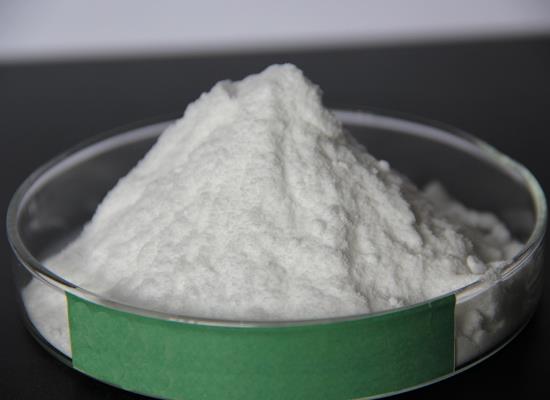Microbiological Biosynthesis of Polyglutamic Acid and Applications in the Food and Drug Delivery Industries
General Description
Polyglutamic acid is challenging to synthesize through ribosomal synthesis due to codon similarities and limited availability of ribosomal subunits. However, alternative approaches are being explored. In the food industry, polyglutamic acid and its derivatives enhance taste, delay aging, and preserve food. It can also increase calcium concentration in health food and improve stability in skincare products. In drug delivery, polyglutamic acid nanoparticles have applications in oral administration, targeting cancer cells, protein entrapment, and antioxidant effects. These nanoparticles can be adjusted in size and surface properties. Overall, polyglutamic acid has diverse applications and shows promise in various industries due to its unique properties and potential benefits.
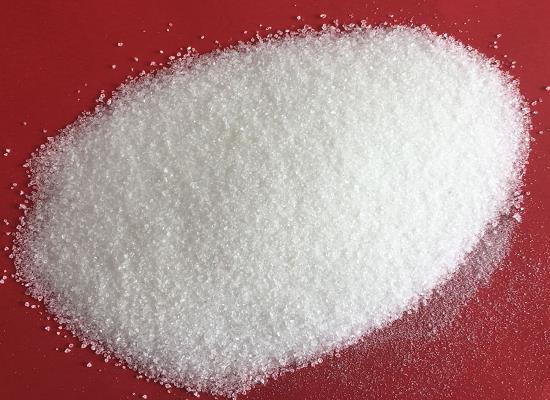
Figure 1. Polyglutamic acid
Microbiological Synthesis
Microbiological synthesis of polyglutamic acid has proven to be a challenging task despite the initial idea of using ribosomal synthesis with an artificial gene as a template. Previous experiments have reported the production of a short polypeptide similar to polyglutamic acid in a recombinant Escherichia coli strain. Additionally, another experiment involving a fusion protein of dihydrofolate reductase with a C-terminal section consisting of glutamic acid showed that the accumulation of the fusion protein was inversely related to the level of induction of its mRNA. The difficulty in synthesizing monodisperse polyglutamic acid through ribosomal synthesis can be attributed to the similarity between the codons coding for glutamic acid and the Shine-Delgarno sequence. The Shine-Delgarno sequence is crucial for the initiation of translation by ribosomes, as it complements the 3' end of 16S rRNA. Consequently, when a large number of small ribosomal subunits bind to the coding sequence of the artificial polyglutamic acid gene, there is a limited availability of free subunits for protein synthesis initiation. These findings suggest that alternative approaches may be required to achieve efficient synthesis of monodisperse polyglutamic acid. Further research is needed to overcome these challenges and develop reliable methods for microbiological synthesis of polyglutamic acid. 1
Applications in the Food and Drug Delivery Industries
Food Industry
Polyglutamic acid and its derivatives have a wide range of applications in the food industry. In juice and other drinks, low concentrations of Polyglutamic acid have been shown to improve taste and drinkability. In wheat-flour-based foods such as bread, cakes, and pasta, the addition of Polyglutamic acid or its salts can delay aging, improve texture, and retain shape. The antifreeze properties of various Polyglutamic acid salts make them useful in preserving food, microorganisms, and enzymes. The salts have little taste and can be used in greater concentrations than previously used antifreeze agents. Additionally, the calcium salt of Polyglutamic acid can be added to health food to increase Ca2+ concentration, contributing to the prevention of osteoporosis. In skin care products containing water-soluble and insoluble vitamins, the addition of Polyglutamic acid can promote vitamin absorption, increase stability, and provide a sustained-release effect without causing irritation to the skin. Overall, Polyglutamic acid and its derivatives have diverse applications in various industries, including food and skincare, due to their unique properties and potential health benefits. 2
Drug Delivery Industry
Polyglutamic Acid nanoparticles have various applications in drug delivery, including the oral administration of hydrophobic drugs and proteins, targeting liver cancer cells, and entrapping proteins. The nanoparticles are typically formed through an ionic mechanism or emulsion/solvent evaporation technique, and their size and ζ-potential can be adjusted by altering the reaction mixture composition. For oral drug delivery, Polyglutamic Acid nanoparticles formed with chitosan can penetrate Caco-2 cells, which mimic small intestine cells. On the other hand, nanoparticles designed to target liver cancer have galactosamine conjugated to their surface and selectively target cells expressing the liver-specific ASGP receptor. Additionally, Polyglutamic Acid nanoparticles modified with L-phenylalanine esters can be stable in water for up to ten days and show no cytotoxicity. Protein entrapment in Polyglutamic Acid nanoparticles is also achievable by forming a CaCO3 core and multiple outer layers of PEG with Polyglutamic Acid and PEG with polylysine. Alternatively, nanoparticles of Polyglutamic Acid-fullerene conjugates can remove the superoxide radical efficiently. Overall, Polyglutamic Acid nanoparticles have potential applications in drug delivery due to their adjustable properties and biocompatibility. 3
Reference
1. Zhang G, Fournier MJ, Mason TL, and Tirrell DA. Biological synthesis of monodisperse derivatives of poly(alpha,L-glutamic acid): model rodlike polymers. Macromolecules, 1992, 25: 3601–3603.
2. Buescher JM, Margaritis A. Microbial biosynthesis of polyglutamic acid biopolymer and applications in the biopharmaceutical, biomedical and food industries. Crit Rev Biotechnol, 2007, 27(1): 1-19.
3. Sung HW, Liang HF, and Tu H. Nanoparticles for paracellular drug delivery. 2006, United States Patent: 20060073210.
);You may like
Related articles And Qustion
See also
Lastest Price from Polyglutamic acid manufacturers
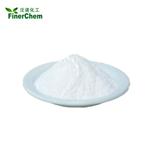
US $5.00/KG2024-04-26
- CAS:
- 25513-46-6
- Min. Order:
- 1KG
- Purity:
- 99%
- Supply Ability:
- 500mt/year

US $450.00/KG2024-04-26
- CAS:
- 25513-46-6
- Min. Order:
- 1KG
- Purity:
- 99%
- Supply Ability:
- 1000kg
